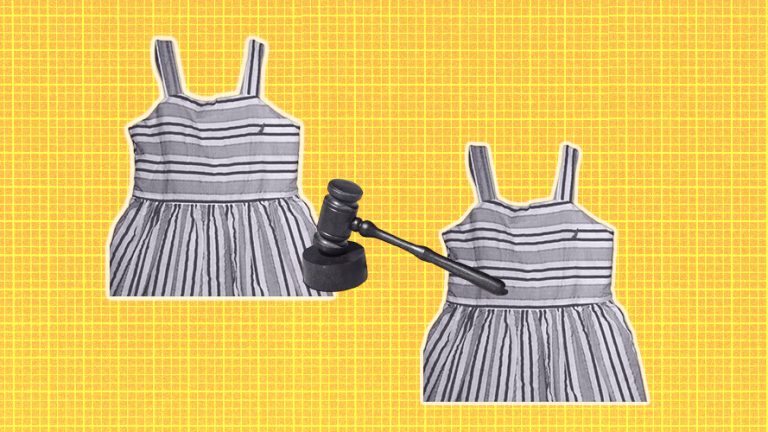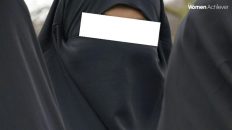Women wearing sexually provocative dresses attract sexual harassment: when the judicial system isn’t helping us then who will
Why are there no charges for sexual harassment at this Kerala Court? A Kerala Sessions Court recently came under fire for its decision to grant anticipatory bail to novelist and social activist Civic Chandran in a case involving sexual harassment. Global media outlets covered the decision that received criticism not just for the decision to issue bail but also for the justification given for it. Given this justification, bail was granted to the accused because the complainant woman was not wearing “sexually provocative dresses” at the time the alleged harassment occurred. The Sessions Judge used judicial stereotyping in this order via his use of language. This article aims to examine how judicial stereotypes restrict the law’s ability to emancipate people.
Judicial stereotyping is when a court of law assigns a generalized preconception to a group, in this example, women. Judicial stereotyping not only perpetuates disparities but also breaks the law, whether it is antagonistic (such as “women wearing sexually provocative dresses attract sexual harassment“) or ostensibly innocuous (such as “women require protection” or “women are natural nurturers”). Instead of being grounded in facts, it is based on irrational predispositions and generalizations. In actuality, this has the effect of disenfranchising and constitutionally excluding women from the legal system. A judicial system that is firmly rooted in patriarchy and blind to the interests of women unintentionally restricts their access to justice, a fundamental human right and a crucial tool for enforcing other rights.
While the request has legitimately drawn in broad judgment from all corners, it proceeds to lay out the well-established sexism and the tricky yet unavoidable pattern of normalizing sexual harassment by scrutinizing the standing of the person in question.
The meetings judge noticed that the blamed was a person for ‘great standing’ and that it was ‘unimaginable’ for the Court to accept that he might have sexually harassed the complainant in the current case.
It was additionally asserted that the grumbling had been documented to look for retaliation from the blamed and to bring down his standing in the public arena. The Court took the view that the assurance of sexual harassment regulation couldn’t be stretched out to the casualty since photos created on record showed the complainant wearing ‘sexually provocative‘ dresses.
This is likewise the second occurrence of a sexual harassment protest against the charged, wherein one more essayist had additionally made comparable claims of insulting her unobtrusiveness. Notwithstanding this complete respect for the legal framework and reluctance to coordinate during the examination, the denounced was as yet allowed bail, and the fault was audaciously moved onto the person in question.
The Supreme Court perceived that in instances of sexual offenses, the legal executive had an obligation to abstain from propagating orientation generalizations and supporting organized gendered order, which is profoundly imbued in friendly and social perspectives of India. Through this judgment, the Supreme Court commanded orientation sensitization in the primary preparation of all appointed authorities, legal advisors, and public examiners.






Add comment